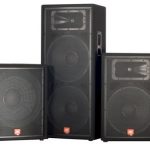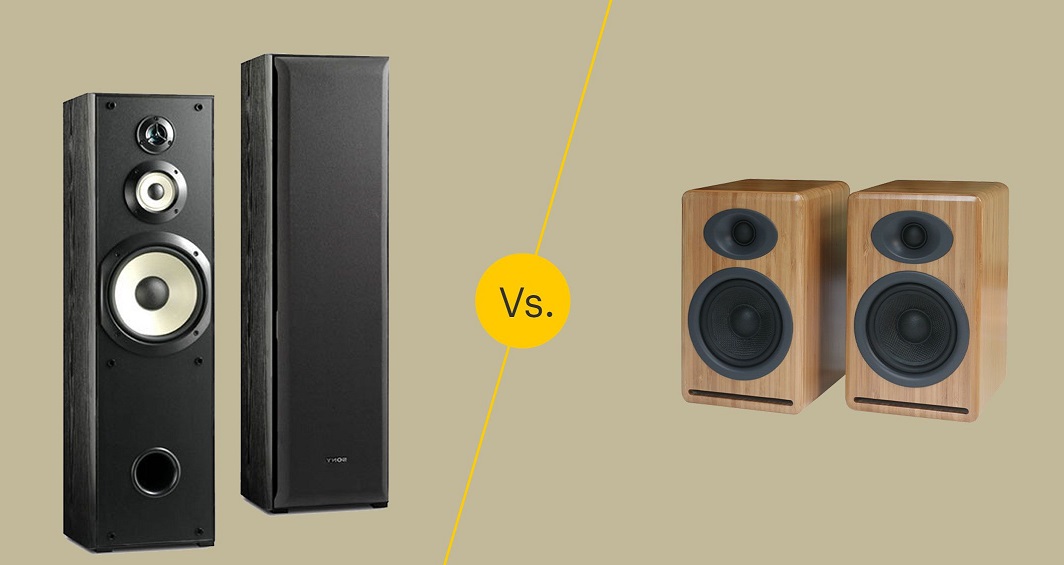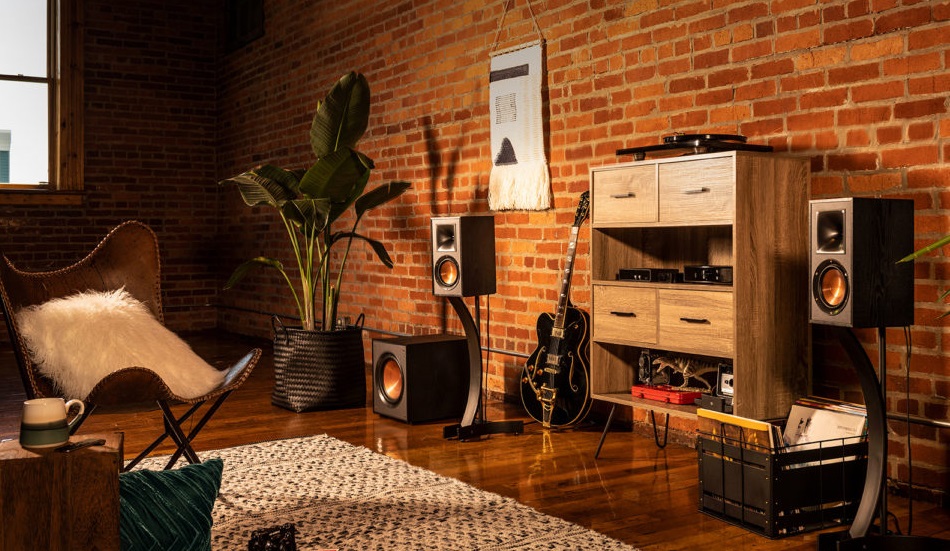
What is the difference between stereo speakers and studio monitors?
Stereo speakers for sale are a common pride of many retailers, but the average person can be a rather daunting task to purchase electronic goods. And when most people see stereo speakers, they have a certain vision and expectation in their minds.
But what are our criteria for judging our speakers? How do we decide how much better one pair of speakers is?
How do we look at two stereo speakers of a similar price and say, hold on to each other, I can hear the difference between stereo speakers and studio monitors, please?
The irony is that hearing is one of the most critical senses, but most of us agree that we are tone-deaf when it comes to music.
So purchasing speakers will send a slight shiver through the spines, as if buying uncomfortable things from the chemist.
Obviously, the big retailers know this and they know that most people don’t know a woofer who’s living along the road and will not stop barking. And when you add the word sub in front of the woofer, things get worse.
So what hits the senses first when you go into a high-strange electronics shop searching for those long-awaited stereo speakers’ vs studio monitors for sale. Not the tone, normally, but the presence. Which color they are, or how big they are.
A single low-end studio controls home construction funds and ventures. Many audio engineers monitor the application of audio mixing and control tasks.
It helps engineers to blend the course, to accommodate the widest range of broadcasting systems. Accurate sound reproduction also ensures engineers will be able to compensate for the sound quality of any bad record.
On the other hand, like a number of show engineers, the faulty approach is probably a typical end-user device.
Yes, most professional audio studios in the broadcast industry have several cross-monitoring systems. Including a wide range of speeches in theater, speaker-style hi-fi, auto portraits, mobile music systems, computer and electronic headphones
